Zoe’s guide to connecting with nature
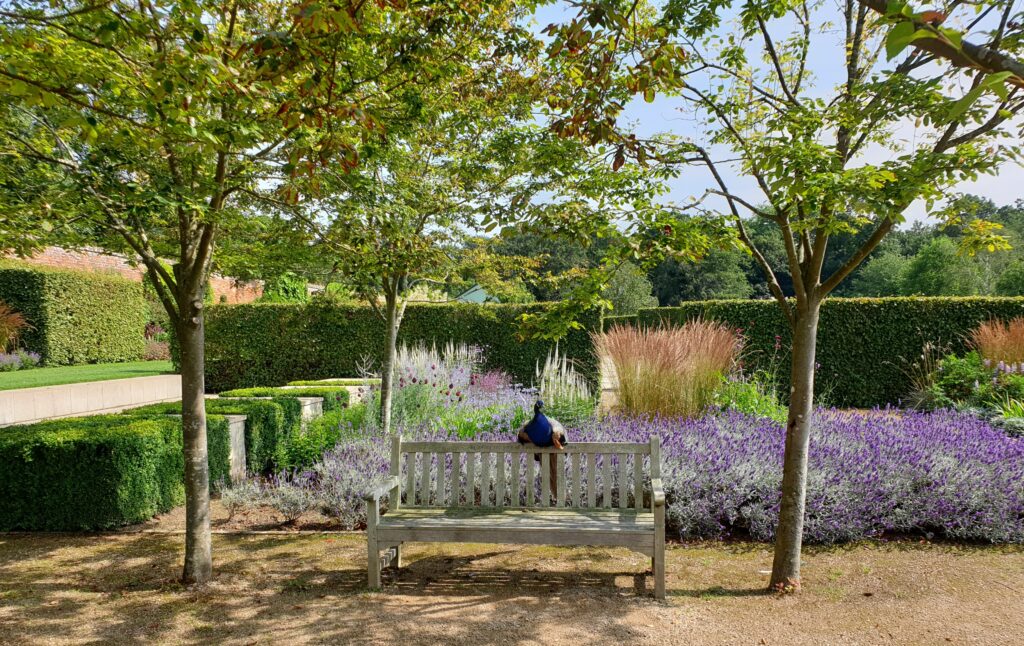
National Day of Unplugging is a campaign that encourages people to take a 24-hour respite from technology. In this guide to connecting with nature, Zoe, Horticulturalist, shares her top tips on how to unplug, unwind and look after both your mental and physical wellbeing, whilst taking in the stunning landscape of Markshall Estate.
“Nature does not hurry, yet all is accomplished” said Lao Tzu, a Chinese philosopher from the 6th century BCE. Indeed, nature has an amazing ability to encourage us to slow down to its pace. (To be still, to breathe in, to observe and to let go.) Friday 4 March is National Day of Unplugging, so it seems appropriate to launch my monthly blog about how nature, gardens and the lovely grounds at Markshall Estate can help you to unplug, unwind and look after both your mental and physical wellbeing. Over the coming months, I will be looking at how the space within different parts of the Estate can be beneficial on a therapeutic level; how different plants and trees have their advantages; and the sensory impact of certain areas and plants within the Estate.
The benefits of nature on mental and physical wellbeing have long been documented. Just ten minutes, is enough to “lessen the effects of both physical and mental stress.” (“Frontiers in psychology” Cornell University, January 14 2020.) A study of 20,000 people, a team led by Matthew White of the European Centre for Environment & Human Health at the University of Exeter, found that people who “spent two hours a week in green spaces – local parks or other natural environments, either all at once or spaced over several visits – were substantially more likely to report good health and psychological wellbeing than those who don’t. “A perfect amount of time for a lovely, relaxing walk around the grounds here at Markshall Estate!
So how can Markshall Estate help with your mental health beyond just being outside in nature, walking and breathing in fresh air? There are several places within the Estate, along with numerous things you can do to help with your mental wellbeing. Here are a few suggestions…
A Silent Space
Markshall Estate has teamed up with Silent Space to create an area within Gondwanaland, near the Eucalyptus trees, where you can sit and be quiet and take a breather. It is said that the Eucalyptol within eucalyptus, in addition to its well known uses in cold relief and antimicrobial properties, may also have anti-stress and anti-anxiety effects. Sitting in this corner of the woodland may be the perfect place to sit, unwind and breathe in the gentle scent of eucalyptus. (Sitting amongst the trees should be fine but if you have any allergies, please check with your GP first before using any essential oils.)
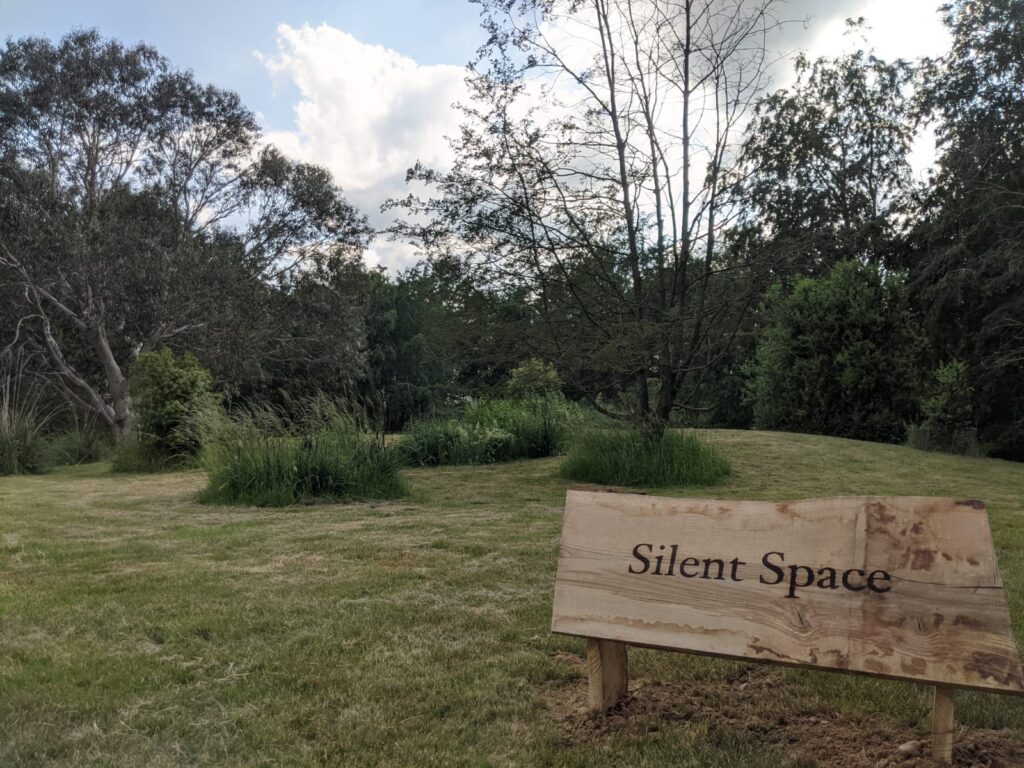
Take a perch by the lakes in Europe
Author of the book Blue Mind (2014), Wallace Nichols says that “This deep biological connection (to water) has been shown to trigger an immediate response in our brains when we’re near water. In fact, the mere sight and sound of water can induce a flood of neurochemicals that promote wellness, increase blood flow to the brain and heart and induce relaxation. Thanks to science, we’re now able to connect the dots to the full range of emotional benefits being on, in or near water can bring.” There are several areas on the Estate where you can sit and be near water. I can recommend sitting by the lower lake and observing the spring colours, starting take over the lakeside gardens. You may even spot one of the herons perched on the boughs of trees over the water’s edge. Herons are the natural world’s meditators. They sit by the water for long periods of time, still and steady, waiting for movement and when to act. You may also like to take a seat between the upper and lower lake along the Birkett Long Millennium Walk where you can sit and watch the ducks and geese coming and going or indeed some of the large carp leaping out of the water to clear their gills.
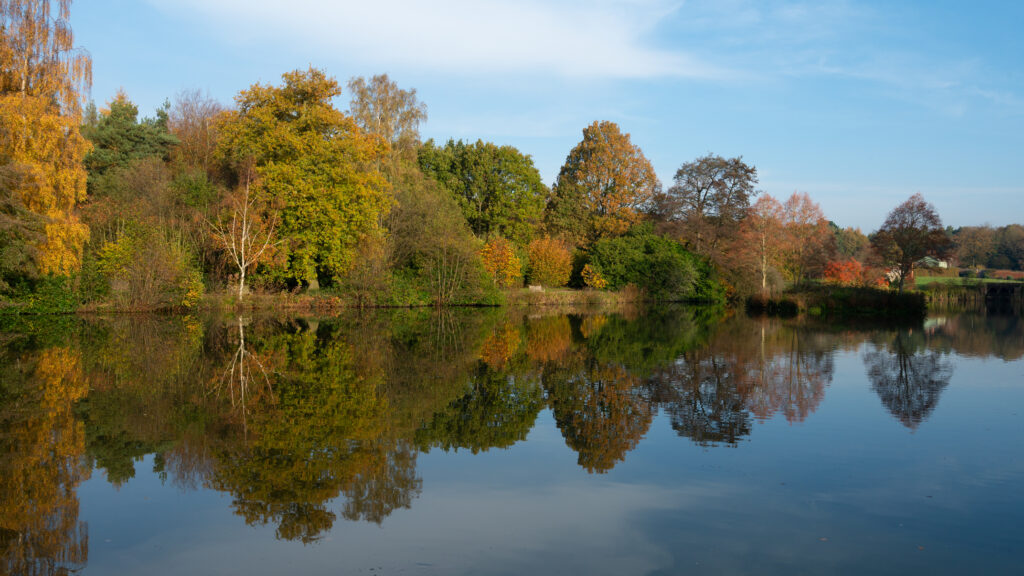
Stand under a tree
“Sometimes a tree can teach you more than you read in books,” said the psychologist, Carl Jung. There is something very calming about trees. If trees could talk, I’m sure they would have amazing stories to tell! I love standing under the weeping willow (Salix babylonica) on the walk up from the Visitor Centre to the lower lake. I stand with my back against the trunk, looking up and marvelling at its height and the shelter its tumbling leaves provide. Sitting underneath one of the beech trees (Fagus Sylvatica) and seeing the dappled light through the leaves on a sunny day is always a joy. My favourite tree onsite happens to be the Dawn Redwood (Metasequoia glyptostrobodies) found in the Asia zone. With the contoured shapes of its trunk, you can’t help but want to reach out and see what the texture feels like, and marvel at the wonders of nature… a treat for any tree lovers out there!
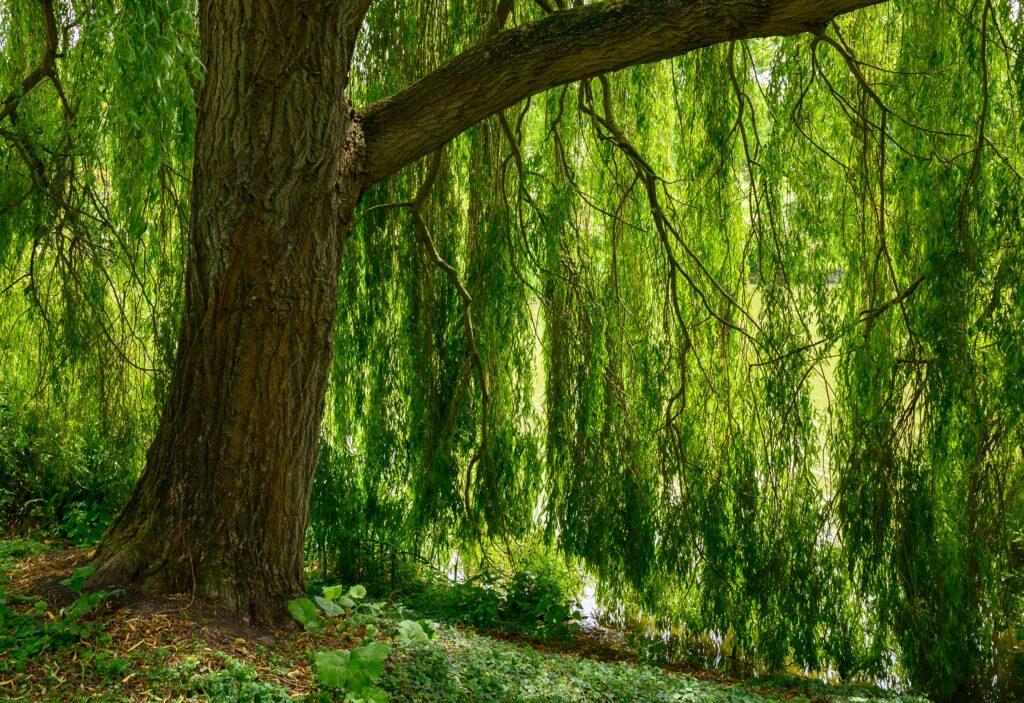
A moment of mindfulness
Most of us can do mindfulness safely and reap its benefits. The grounds are a peaceful space to get in touch with nature and to take time to absorb the surroundings. I have a favourite place just outside the Walled Garden, by the lake, under a tree where I can take the time to do this. I use something called grounding where I get in touch with my sense. As I sit there, I think about what I can see, smell, hear and touch in that moment. I may hear wind rustling through the trees, the gentle ebb and flow of the water in the lake. I may see the gentle sway of tree branches, the colours of the trees and flowers. I can feel the grass as I run my hands through it and the warmth of the sun on me. I might smell the scent of blossom in the Spring and the earthly smell of fallen leaves in the Autumn. Find your peaceful place, what is your sensory experience?
Seeing and smelling
The Walled Garden is a fantastic place to get in touch with your senses and I will delve further into this amazing space in my future blogs. But just as a starting point, why not head to the wavy walled section of the garden, in spring, and be dazzled by the colours of all the different flowers there such as Irises spp. which bring beautiful colours to the Walled Garden in spring. Taking time to notice and observe is a good way to slow down and relax a busy mind. You could also head for the Daphne ‘Jacqueline Postill’ which is heavily scented and Camellia x japonica ‘Alba Simplex’ which as well as having a lovely scent, also looks beautiful at this time of the year.
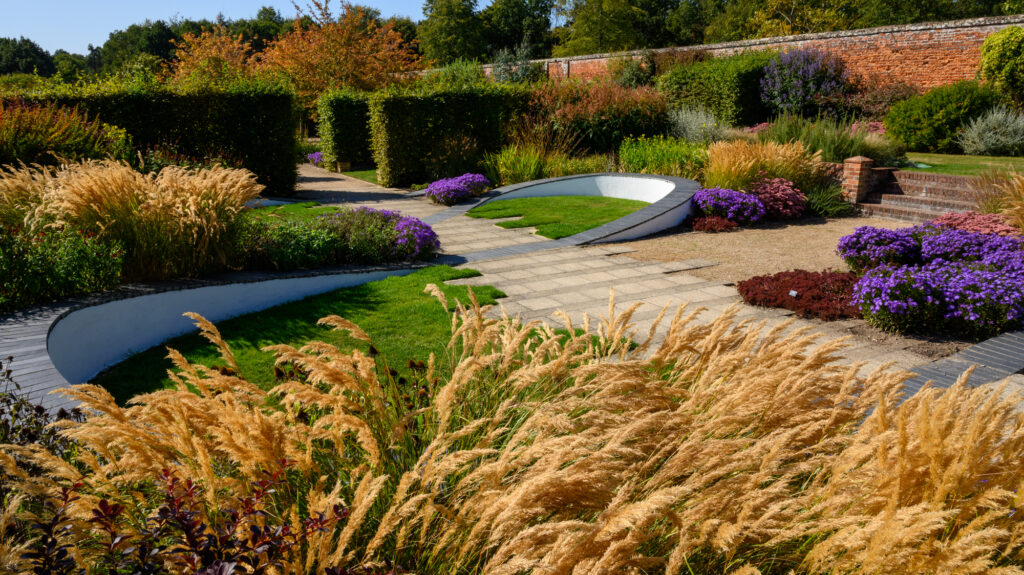
What is your favourite place on the Estate? How has the Estate helped your mental health? I’d love to know!
Zöe
Horticulturalist
More from the blog
See more
-
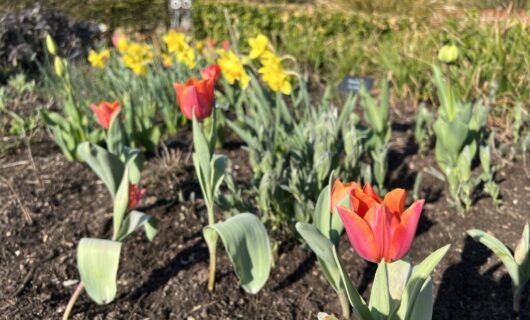
Updates from the Walled Garden in Spring
What can be discovered in the Walled Garden at Markshall this Spring? Our Walled Garden is home to a stunning […]
-

Commemorating the 80th Anniversary of Operation Varsity
What was Operation Varsity? Operation Varsity was the codename for the largest single airborne operation conducted on a single day […]
-
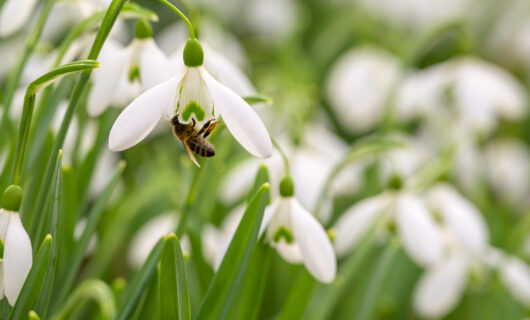
Your guide to enjoying the snowdrop display at Markshall
February is the best time to visit Markshall’s spectacular snowdrop display. To ensure that you make the most of your […]